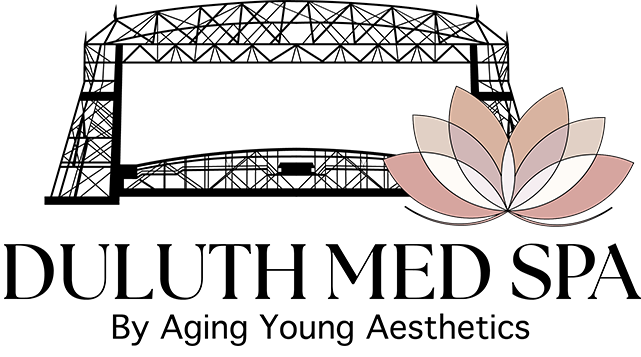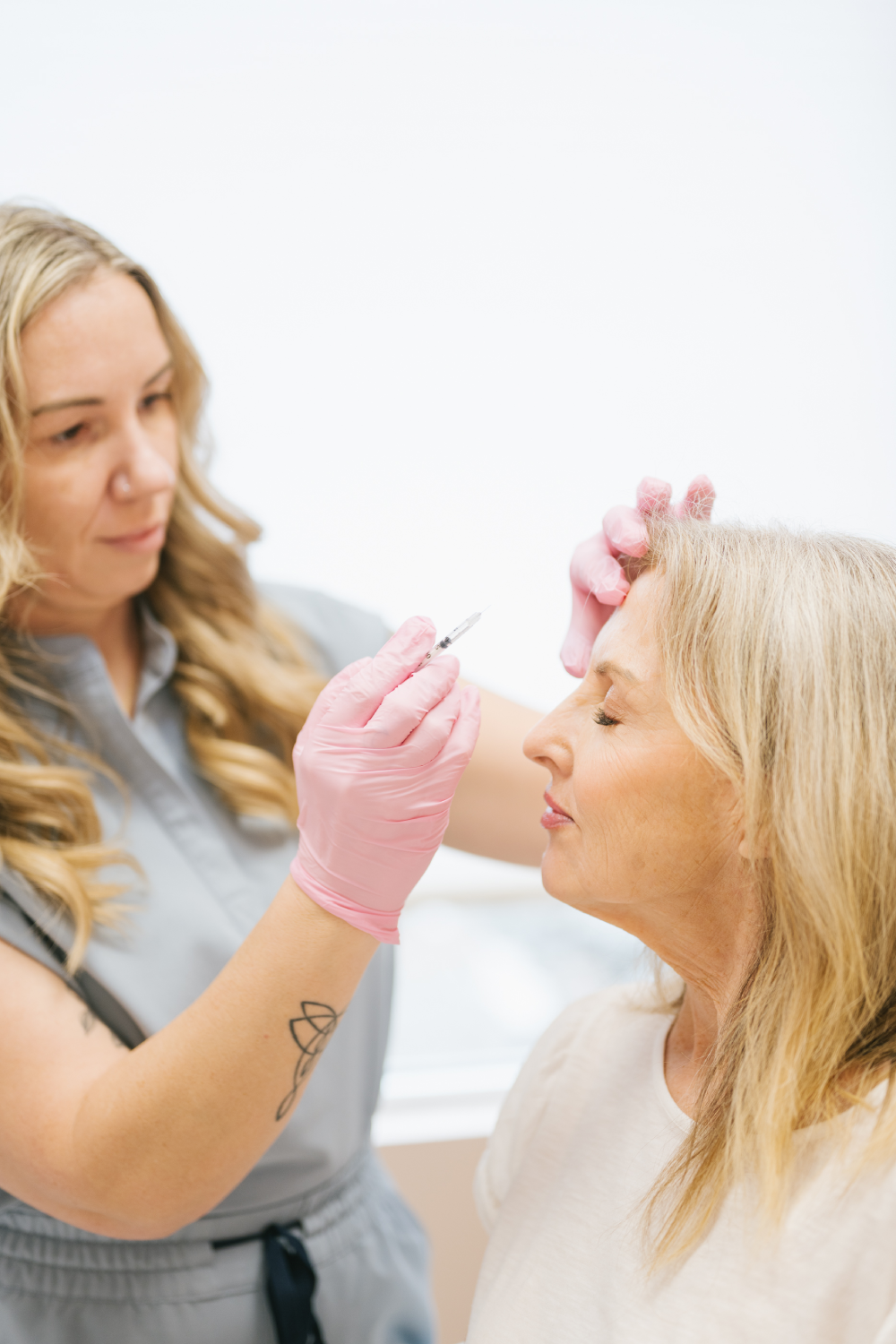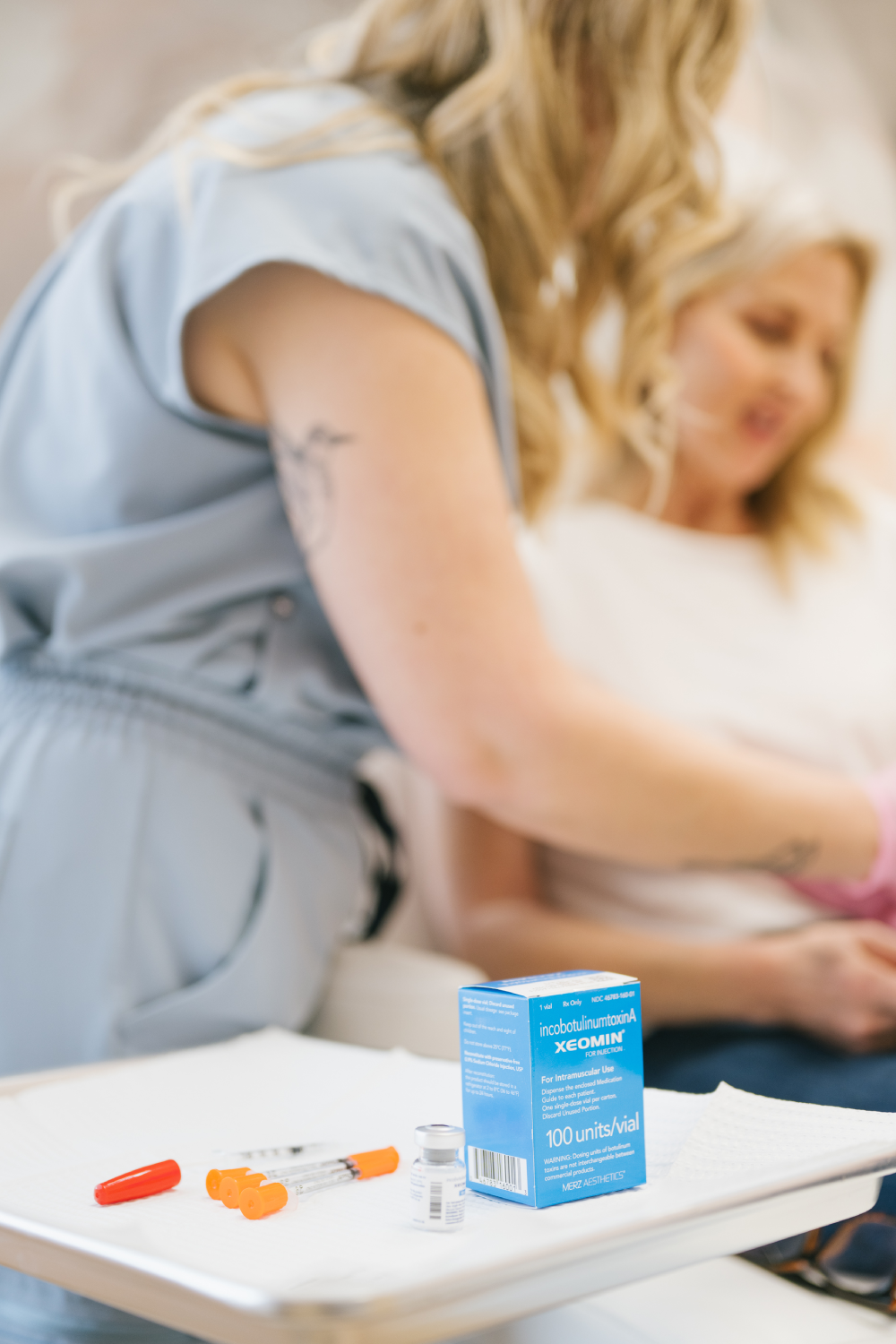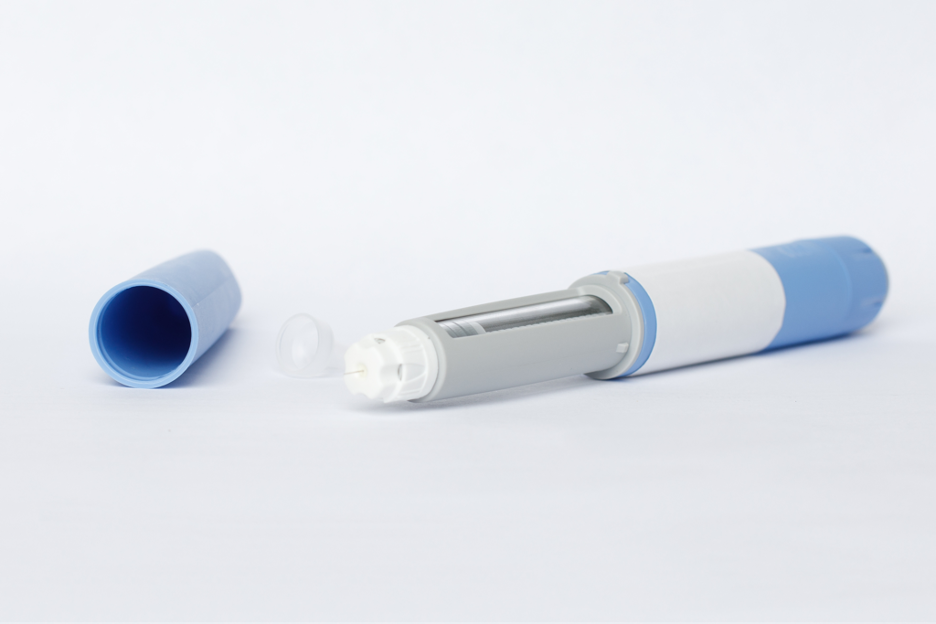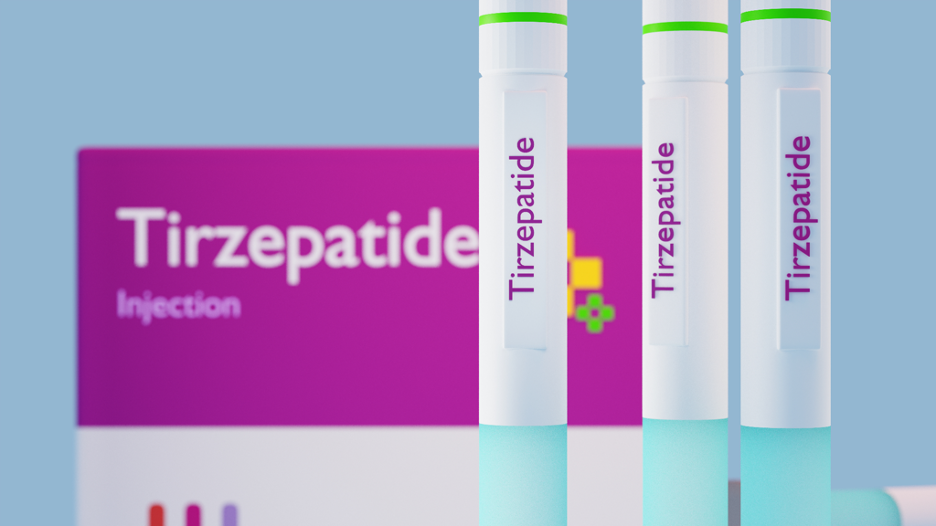Sweating through a shirt in a crucial meeting or constantly feeling damp can significantly impact your daily life and confidence. Many people struggle with hyperhidrosis (excessive sweating), which goes beyond the body’s needs for temperature regulation.
Hyperhidrosis is a medical condition that leads to excessive sweating in specific areas of the body, such as the underarms, palms, feet, face, and scalp. For those affected, it is more than just a nuisance—it can lead to social embarrassment, and anxiety, and even impact professional and personal relationships.
Scroll deeper to find out more about various treatment options available for hyperhidrosis, empowering individuals to manage excessive sweating and achieve a drier, more comfortable existence.
Understanding Hyperhidrosis
Hyperhidrosis manifests in two primary forms: primary and secondary hyperhidrosis. Primary hyperhidrosis is often genetic and typically begins in childhood or adolescence. It affects specific areas of the body without any underlying medical condition causing excessive sweating. Commonly impacted areas include the underarms, palms, feet, face, and scalp.
Secondary hyperhidrosis, however, results from an underlying medical condition or as a side effect of medications. Conditions such as diabetes, thyroid disorders, infections, or certain neurological conditions can lead to excessive sweating. Unlike primary hyperhidrosis, secondary hyperhidrosis usually affects larger areas of the body and can occur at any age.
The impact of hyperhidrosis extends beyond physical discomfort. People with hyperhidrosis often experience emotional and social challenges, including anxiety and embarrassment, leading to avoidance of social situations and a decrease in quality of life.
Exploring Treatment Options
While antiperspirants are a common first line of defense, here are some additional treatment options for those seeking a more powerful solution to hyperhidrosis:
Topical Treatments
For those with mild hyperhidrosis, over-the-counter antiperspirants containing aluminum chloride are a common first-line treatment. These products work by blocking sweat glands to reduce sweating.
Using clinical-strength antiperspirants and following application instructions can optimize results, but they may not be sufficient for everyone. It is essential to apply these antiperspirants correctly, usually at night when sweating is minimal, to allow the active ingredients to work effectively.
Prescription Antiperspirants
In more severe cases, prescription-strength antiperspirants with higher concentrations of aluminum chloride may be necessary. These stronger formulations can be more effective but may also cause skin irritation.
It is important to consult a doctor before use to ensure safety and effectiveness. These antiperspirants can significantly reduce sweating in the treated areas, offering a practical solution for many sufferers.
Iontophoresis
Iontophoresis is a non-invasive treatment that uses mild electrical currents to temporarily block sweat glands. This method is particularly effective for treating palmar and plantar hyperhidrosis, which affects the palms and feet.
The treatment involves placing the affected areas in water while a gentle electrical current passes through, reducing sweating over time. Sessions typically last 20 to 30 minutes and may be required several times a week initially, with maintenance sessions needed periodically.
Dermatological Procedures
For severe cases of underarm hyperhidrosis, minimally invasive surgical procedures like miraDry or suction curettage may be considered. MiraDry uses thermal energy to destroy sweat glands, while suction curettage removes them surgically.
These procedures offer long-term solutions, but consulting a dermatologist is essential to discuss suitability and potential risks. Such procedures are generally safe and can provide a permanent reduction in sweating.
Botox Injections
Botox, commonly known for its use in reducing wrinkles, can also be a highly effective treatment for underarm hyperhidrosis. Botox injections work by blocking the nerve signals to sweat glands, significantly reducing sweat production.
While the effects are temporary, typically lasting 6 to 12 months, Botox provides substantial relief and improved quality of life for many. This treatment is FDA-approved for underarm sweating and can be used off-label for sweating in other areas such as the palms and soles.
Lifestyle Strategies for Managing Sweat
In addition to medical treatments, certain lifestyle changes can help manage hyperhidrosis. Wearing breathable clothing made from natural fibers, such as cotton, can reduce sweating.
Managing stress through techniques like meditation or yoga can also be beneficial, as stress can exacerbate sweating. Maintaining a cool environment by using fans or air conditioning can help keep sweat at bay.
Open communication with friends, family, and colleagues can reduce anxiety and embarrassment associated with hyperhidrosis. A balanced diet rich in essential nutrients can also support overall skin health and potentially reduce sweating.
Drinking plenty of water helps regulate body temperature while avoiding spicy foods and caffeine can minimize sweat production. Regular exercise, while initially increasing sweat, can help reduce overall stress levels and improve overall health, potentially leading to a reduction in hyperhidrosis symptoms.
Choosing the Right Treatment
Choosing the right treatment for hyperhidrosis requires a personalized approach. Consulting a doctor or dermatologist is crucial for diagnosing the condition and determining the most suitable treatment plan.
Factors like severity, affected areas, and individual preferences play a significant role in selecting the right option. Open communication with your doctor about treatment options, potential side effects, and expected results will help guarantee the best outcome.
Tailoring Treatments to Individual Needs
Each case of hyperhidrosis is unique, and what works for one person might not work for another. It is essential to tailor treatments to individual needs and lifestyles.
For example, a person with mild underarm sweating might find relief with prescription-strength antiperspirants, while someone with severe palmar hyperhidrosis might benefit more from iontophoresis or Botox injections.
Regular follow-up appointments with your healthcare provider are essential to monitor the effectiveness of the treatment and make necessary adjustments. In some cases, a combination of treatments might be the most effective approach.
Hyperhidrosis Management and You
Effective hyperhidrosis treatment can have a profound positive impact on quality of life and self-confidence. Managing excessive sweating allows individuals to feel more comfortable in everyday situations, reducing anxiety and social embarrassment.
Hyperhidrosis is a treatable condition, and with the right approach, individuals can achieve a drier, more confident life.
Emotional and Social Benefits
Living with hyperhidrosis can lead to significant emotional stress and social anxiety. The fear of visible sweating can cause individuals to avoid social interactions, negatively affecting personal and professional relationships.
Effective treatment can alleviate these concerns, allowing individuals to engage in activities they previously avoided and feel more at ease in social settings.
Practical Benefits
Beyond emotional and social benefits, effective hyperhidrosis treatment can provide practical advantages. Reduced sweating can lead to fewer clothing changes, lower laundry costs, and less frequent purchases of antiperspirants or other sweat-control products.
Additionally, individuals may experience improved skin health, as excessive sweating can lead to skin irritation and infections.
Hyperhidrosis can significantly impact daily life and self-confidence, but there are various treatment options available to help manage this condition. From topical treatments and prescription antiperspirants to advanced procedures, each solution offers unique benefits.
Among these, Botox injections stand out as an effective and long-lasting treatment option for those struggling with excessive sweating.
At Duluth Med Spa in Duluth, MN, we specialize in administering Botox injections for hyperhidrosis, ensuring that our patients receive the highest standard of care and achieve the best possible results.

Our experienced providers are dedicated to helping you find relief from excessive sweating and reclaim your confidence. Call now and schedule a consultation today to learn more about how Botox can help you stay fresh and dry, boosting your confidence and improving your quality of life!

